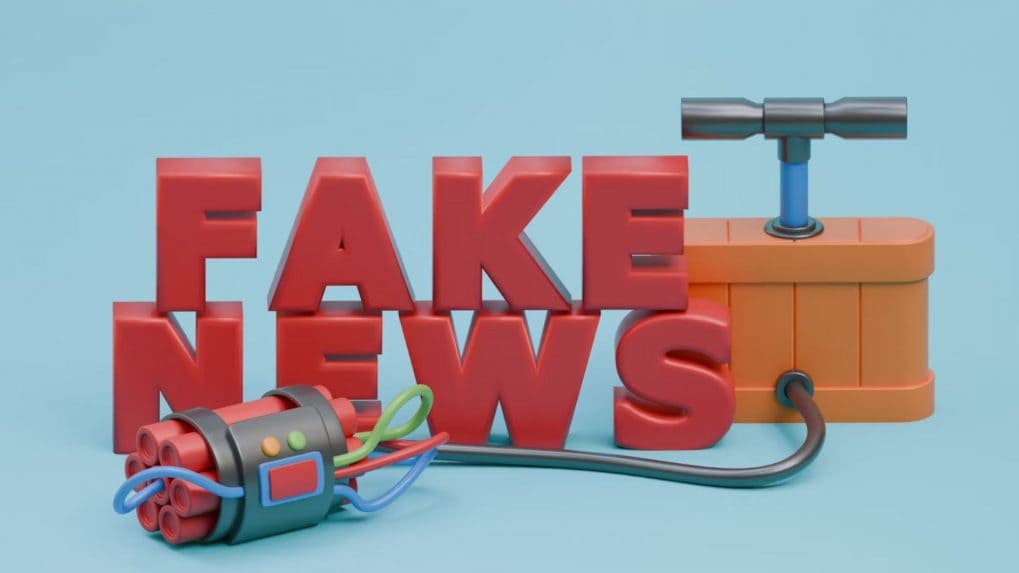Digital
Why OpenAI is hiring 100 ex-bankers: Inside the ChatGPT-maker's secret project to automate Wall Street's grunt work

India’s Parliament is weighing a tougher response to the surge of fake news, a problem lawmakers warn is eroding trust in media, distorting markets and fueling political polarization. A new draft report from the Standing Committee on Communications and Information Technology outlines the scale of the crisis, highlights gaps in current regulation, and urges clearer definitions, stronger fact-checking, and even international cooperation to contain misinformation without undermining free speech.
Why this matters
The Standing Committee on Communications and Information Technology reviewed how India is tackling fake news and misinformation. The draft report recognizes fake news as a global challenge that threatens democracy, public order, markets, and the credibility of media.
What the Committee found
Scale of the problem: With almost every individual now a news purveyor, traditional editorial safeguards have collapsed, leading to a “massive proliferation” of fake news
Definition gap: “Fake news” has no legal definition. Stakeholders warned that the term is vague and prone to misuse, yet many demanded a clear statutory definition
Sources: While mainstream media claims accountability, misinformation thrives on social media and “black box” algorithms of big tech platforms
Harms: It can incite violence, distort elections, defame individuals, manipulate stock markets, and spread deepfakes
Existing frameworks
Print: Press Council of India (PCI) enforces “Norms of Journalistic Conduct.”
Television: Programme Code under Cable Television Networks Act, 1995 prohibits “false and suggestive innuendos and half-truths.”
Digital: IT Rules, 2021 set a three-tier grievance redressal system, though parts of these rules are under a Bombay High Court stay
Fact-checking: PIB’s Fact Check Unit has received 1.63 lakh queries since 2020; action was taken on 53,155
Key recommendations
1) Define Fake News
Adopt a clear, narrow definition excluding satire and opinion, but covering content with intent to deceive and potential to cause harm
2) Regulatory reform
Amend penal provisions across print, TV, and digital; increase fines to act as deterrents
Assign accountability to editors, owners, and platforms.
Make fact-checking mechanisms and internal ombudsmen mandatory in all media organisations
3) Grievance redressal
Set strict timelines for complaint resolution.
Create a unified digital complaint portal.
Push platforms to strengthen redressal systems with helplines
4) Technology and AI
Use AI to flag suspicious content, but always with human oversight.
Consider licensing AI content creators and mandatory labelling of AI-generated content
Encourage research on deepfake detection
5) Media literacy
Introduce media studies in schools and colleges.
Train teachers and run awareness campaigns to build critical thinking
6) Cross-border challenges
India has blocked content under IT Act Section 69A.
Committee calls for international cooperation, citing the EU’s Digital Services Act and French election misinformation law as models
The bottom line
The Committee concludes that tackling fake news needs a multi-pronged approach: tighter regulation, stronger fact-checking, AI tools, media literacy, and global cooperation. At the same time, it warns that solutions must balance combating misinformation with protecting freedom of speech and press.
From purpose-driven work and narrative-rich brand films to AI-enabled ideas and creator-led collaborations, the awards reflect the full spectrum of modern creativity.
Read MoreIn a wide-ranging interview with Storyboard18, Sorrell delivers his frankest assessment yet of how the deal will redefine creativity, media, and talent across markets.